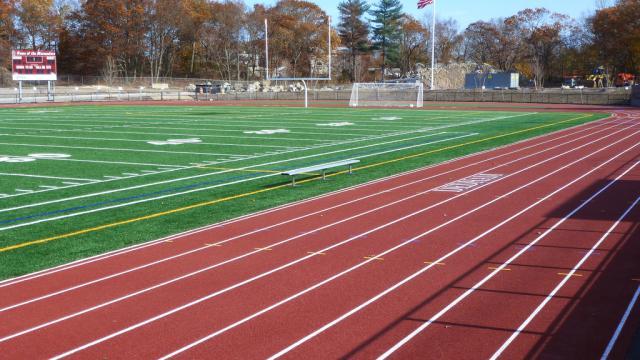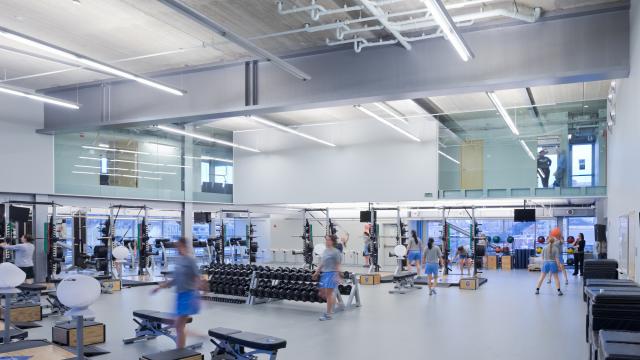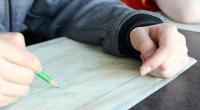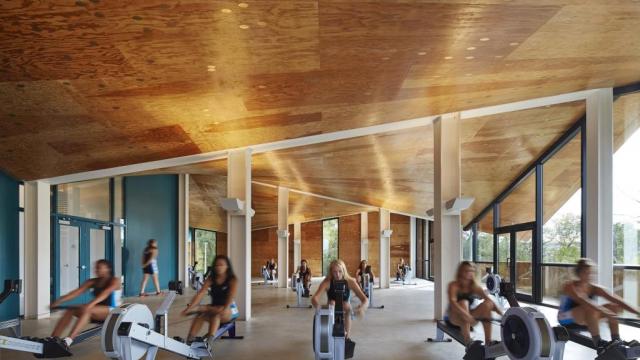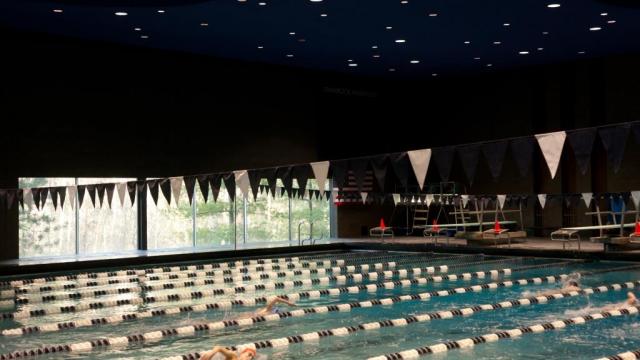
Redesign Your School Athletic Pavilion | 2014 National High School Architecture Competition #170
At Advanced Technologies Academy (A-TECH), us students are known for our knowledge in areas of design, mathematical, and technological advancements! We are also known for our many achievements which include being a two-time winner of the Blue Ribbon School of Award Excellence AND we are also nominated for the Top 5 Magnet Schools of America, A-TECH is the only school that was nominated West of the Mississippi! These awards were possible through the creative and intelligent students of this fantastic school. The proud students of the Architectural Design & Drafting program at A-TECH express their creativity through their drawings to incorporate a very natural and professional feel to it. A-TECH students are well known for being very precise and accurate with whatever it is they are dealing with. At A-TECH there is no such thing as truly being finished because we believe that there is ALWAYS something to improve on whether it be the positioning of a cup on a table or the landscape and environment around a home. Although this is a very technology oriented school, we still try to promote a healthy lifestyle in school with the gym! The healthy lifestyle we try to incorporate into the students lives has to be effective the first time they use it because there are only two years of P.E. at A-TECH for every student. It is crucial that this time be spent integrating exercise and a healthy diet into the students life so they can continue that practice every day when they stop taking P.E.
Design Problem: A-TECH is a technological school which advances the students in a certain field of technology, that's no surprise, but even then it is important to lead a healthy lifestyle! So for the two years that students take P.E. in the gym, a huge impact has to be made that will leave a positive feeling on the students and help them continue with a mentality that physical health is just as important as mental health. The gym does not currently give a lasting feeling that physical health is necessary to a person's life. For the interior the bleachers inside the gym are too small and the space is limited to only one indoor basketball court that has been scaled down from a standard one. The weight-lifting room is very small as well as giving a very confined and claustrophobic feeling. Even though no major sports events are seldom held in the gym, it would be detrimental to the school and to the students lives to keep it this terrifyingly small. As for the exterior, the building does not standout besides being separated entirely from the main building. One glance at this building does not give nor inspire the idea that it is used for anything related to physical education or the promotion of athleticism. The exterior is blatantly put, very dull and "grey". If anything, the only idea that would come from looking at the outside of the gym would be that it's used for maintenance or that it is abandoned! Having attended this school for 3 years, my feelings on the gym have not changed from it being a boring and useless place that has so much potential, but is wasted on the concrete it stands on.
Design Solution: I have an idea that is sure to influence the minds of many fellow and future students when they enter the gym. The interior will be a huge overhaul of its current design. The new gym will be a two-story building that will also consist of an indoor running track. Both floors will be focusing on one of two types of workouts, Cardio and Strength-Training. The first floor will focus on Strength-Training and will include numerous strength training equipment such as barbells, benches, and many more. It will, however, be split into two halves; one-half will contain the strength equipment while the other half will consist of two basketball courts or 6 badminton/volleyball courts. There will be a set of stairs that will lead to the second story which will focus on Cardio. An indoor track will be integrated into the second floor and be expanded to reach around the whole perimeter of the floor. Within the area of the track there will be jump-ropes, treadmills, and other lower-body equipment. The whole purpose of the two-story design is to build smart! The space around the building is limited because of the portables on one side and the grass field on the other, so to compensate, a two-story building is the most efficient for this. For the exterior of the building, because it is a two-story building, huge curtain walls will be included that will span from the bottom of the first floor to the top of the second floor! They will be angled at a slope to slope inward towards the foundation of the building to limit the amount of sunlight let into the building lest should the students start being burnt alive! A sign would also be held atop the front wall of the building that would read "Gym" and include an aesthetically pleasing design or picture/symbol to show that A-TECH is proud of its gym. I'm sure that with this design every single student from here on out will be excited and motivated to go to the gym and will be more likely to live a healthy lifestyle!

